The 4 Types of Life Jackets | #1 Ultimate Guide
Taking part in recreational water activities such as swimming, boating and fishing is an excellent way to create memorable experiences with family and friends outdoors. However, before you get out on the lake or ocean, it’s essential that you have the right protective gear – including a life jacket! Whether you’re spending the day soaking up some sun on the lake’s edge or taking a boat out for an adventure-filled ride, life jackets ensure your safety and maximize the fun.
So, let’s submerge ourselves into the world of life jackets – pun intended 😉 In this blog post, we will unravel everything from different types of life jackets for aquatic activities to how you can select one that perfectly meets your needs. Additionally, we’ll provide expert tips on proper wearing and maintenance along with what to do in case of an emergency so you can stay safe while enjoying water-related fun!
Disclosure: We only endorse products we’ve personally used or that have come highly recommended by our trusted peers. We’re proud affiliates for some of the products on our site, and as such, we may get a small commission if you purchase through one of our referral links. However, there’s no extra cost to you. Check out our affiliate disclaimer in our Privacy Policy if you’d like to learn more.
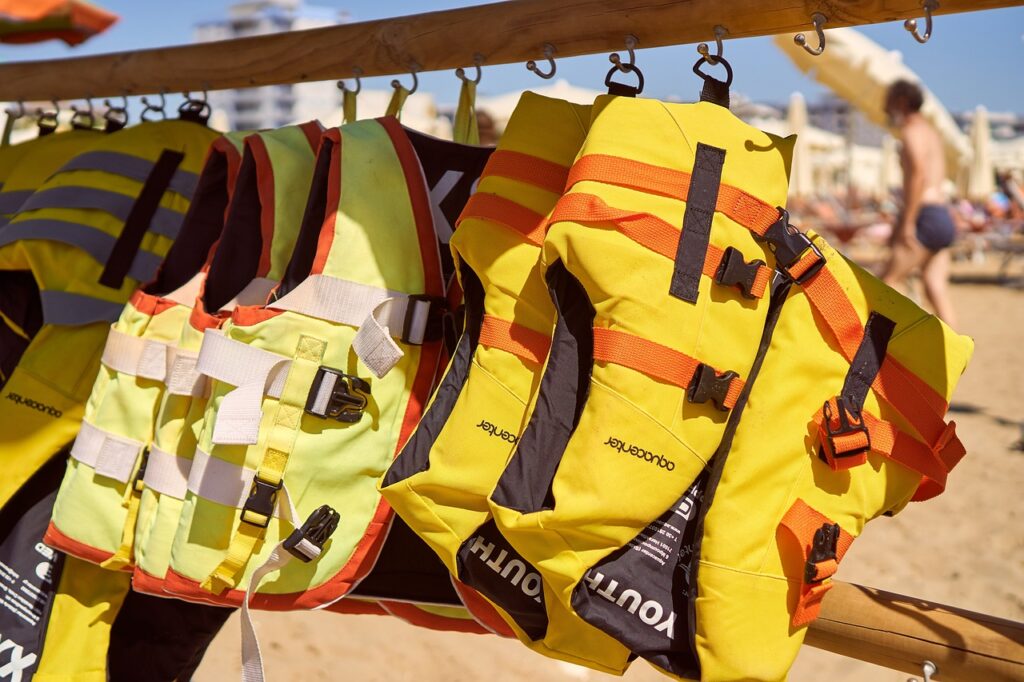
Types of Life Jackets – Tip #1
Overview of Life Jackets and Their Purpose
When it comes to your safety in the water, personal flotation devices (PFDs), more commonly known as life jackets, are crucial. Guide yourself towards making an informed decision with all of the different types of life jackets available and their unique advantages and disadvantages. From a range of materials, styles or sizes – equip yourself with the right knowledge so you can select which jacket is perfect for keeping you afloat during emergency situations.
Types of Life Jackets – Tip #2
Life Jacket Newton Rating For Buoyancy
The Newton rating system is a guide to help you better understand the buoyancy of each life jacket. This rating ranges from 50 Newtons (N) up to 275 N, with higher numbers indicating greater buoyancy.
For example:
1 Newton is equal to 0.225lb, so a 100N life jacket will provide buoyancy of 22.5 lbs or 10kg. While 10kg of buoyancy support may not seem like much, it is ample enough to keep an adult afloat and face up in the water.
Types of Life Jackets – Tip #3
Types of life jackets
1. Inflatable life jackets
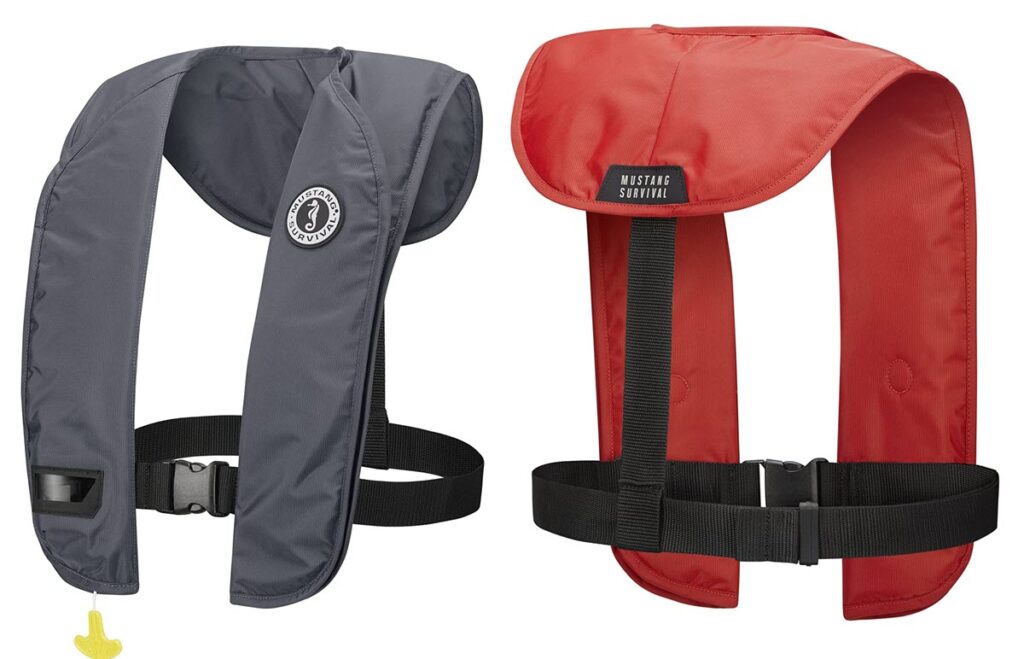
If you are looking for optimal comfort and flexibility when sailing on the water, then an inflatable life jacket is your best bet. With just a pull of a cord or press of a button, it will be manually inflated to provide emergency buoyancy. Usually 100N rating – all thanks to carbon dioxide (CO2) cylinders. Plus, this lightweight and the low-profile design allows for maximum movement even in adverse conditions!
It is essential that someone wearing a manual inflatable lifejacket be sufficiently informed and skilled to deploy the device.
It is critical that anyone wearing a manual inflatable lifejacket understands how to properly deploy the device and possesses the necessary skills.
Consequently, Inflatable lifejackets are not ideal for:
- Kids below 12 years old
- any individual who is being towed behind a vessel
- Operators of Personal Watercrafts (PWC) and their passengers.
For swimmers who want to stay in the water for as long as possible, this low-profile design is far more comfortable than traditional foam life jackets. It reduces fatigue and gives you greater freedom of movement so that your time spent in the water is even more enjoyable.
Pros of Automatic Inflatable life jackets
- Low profile for added comfort.
- More compact and lightweight than foam life jackets
- Easy to inflate in case of emergency
Cons of Automatic Inflatable life jackets:
- Needs to be manually inflated
- If not properly maintained, it is easily punctured or deflated.
Types of Life Jackets – Tip #4
2. Manual Inflatable life jackets
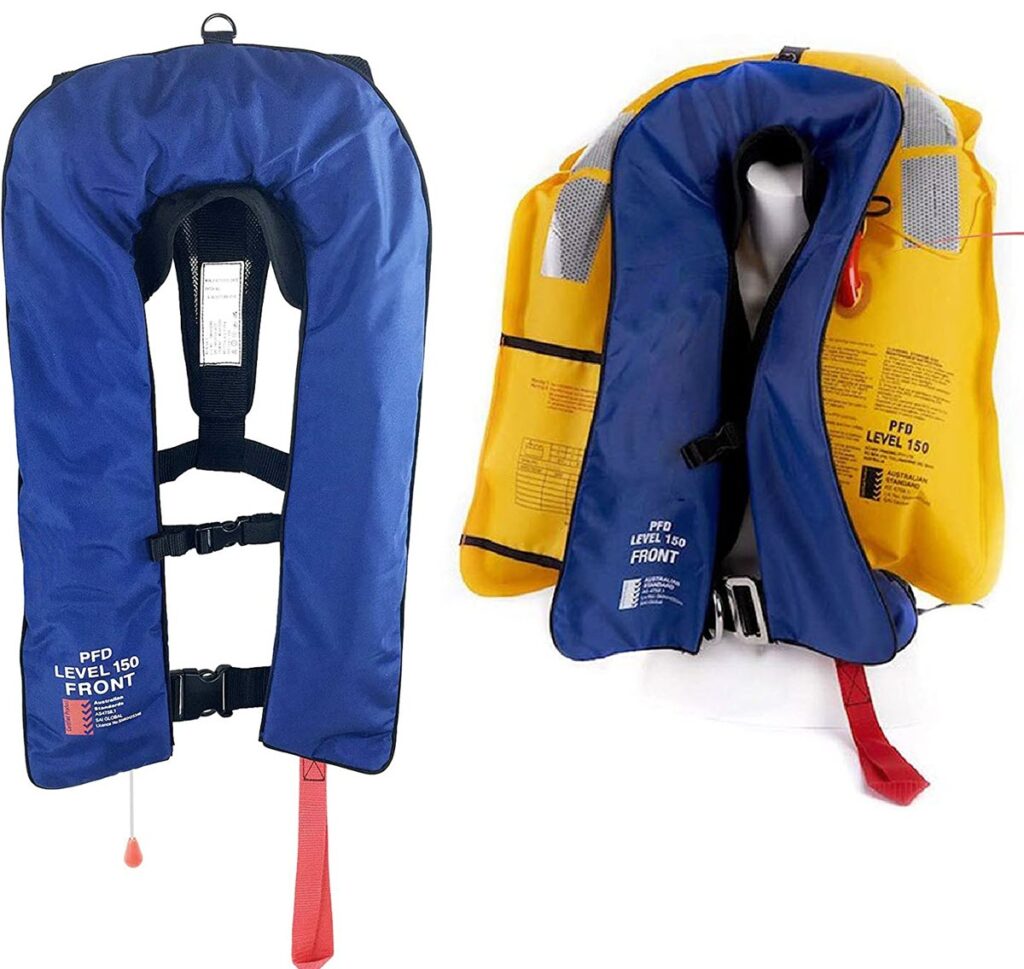
Manual lifejackets feature the same advantages as their automatic inflatable counterparts, but require manual inflation by pulling a cord or blowing through a tube. Boaters and other water enthusiasts prefer them because of their lightweight construction and superior comfort compared to bulky, traditional inflatables.
The manual life jacket is always available for you when an emergency arises, as it does not require a CO2 cartridge or any other sort of inflation system. This can be indispensable in choppy water conditions where rapid action is required to stay safe. It ensures that the wearer will have full access to the buoyancy aid even if there isn’t time for additional preparation.
For those without the ability to swim, manual inflatable lifejackets are not a viable option.
Pros of manual life jackets:
- Always ready for use
- Lightweight and comfortable to wear
- Easy to maintain
- You have complete control of inflation
Cons of manual life jackets:
- May not provide as much flotation as inflatable life jackets
- Prone to user error if the cord is not pulled or the tube is not blown correctly
Types of Life Jackets – Tip #5
3. Foam life jackets
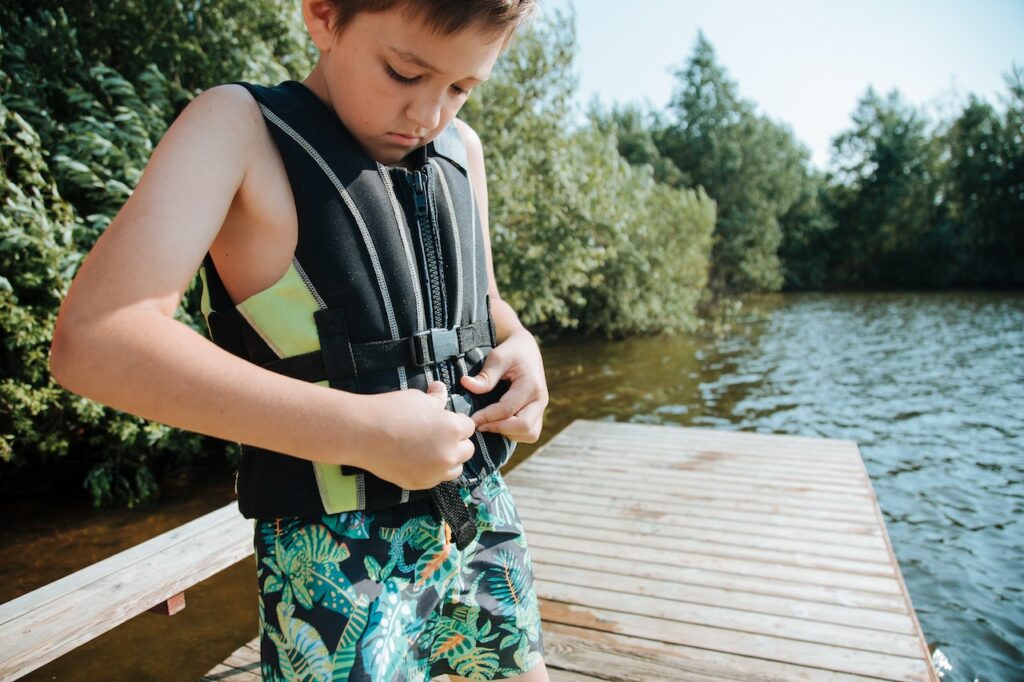
The foam life jacket is an ideal choice for those wishing to spend extended periods of time in the water. Closed-cell foam material creates buoyancy, and it also guards against chilly temperatures. Although bulky compared to its inflatable counterpart, this option offers superior protection when needed most – while you’re in the water.
Pros of Foam Life Jackets:
- Provides good buoyancy in an emergency
- Does not require manual inflation
- More affordable than inflatable life jackets
Cons of Foam Life Jackets:
- Bulky and less comfortable than inflatable life jackets
- Does not provide as much protection against cold water
Types of Life Jackets – Tip #6
4. Hybrid life jackets
If you are a recreational boater or angler, the hybrid life jacket is your best bet – it provides the perfect balance of buoyancy and comfort. Combining both foam and inflatable components, this lightweight option safeguards against any potential emergencies while remaining comfortable for everyday use. It’s no wonder why it’s such a popular choice!
Pros of Hybrid Life Jackets:
- Lightweight and comfortable
- Easy to inflate in an emergency
- Good protection against cold water
Cons of Hybrid Life Jackets:
- More expensive than foam life jackets
- Must be manually inflated when necessary
Now that you’re informed about the various types of life jackets, let’s review the four ISO levels of buoyancy and why they are significant.
Types of Life Jackets – Tip #8
The four ISO levels for PFDs
The International Organization for Standardization (ISO) sets the standard for life jackets around the world, and any life jacket sold must meet these minimum requirements.
The four ISO levels of buoyancy include Type I, Type II, Type III and Type IV. Let’s dive into each one and what they mean.
Types of Life Jackets – Tip #9
Life Jacket Level 100+: Offshore Life Jackets
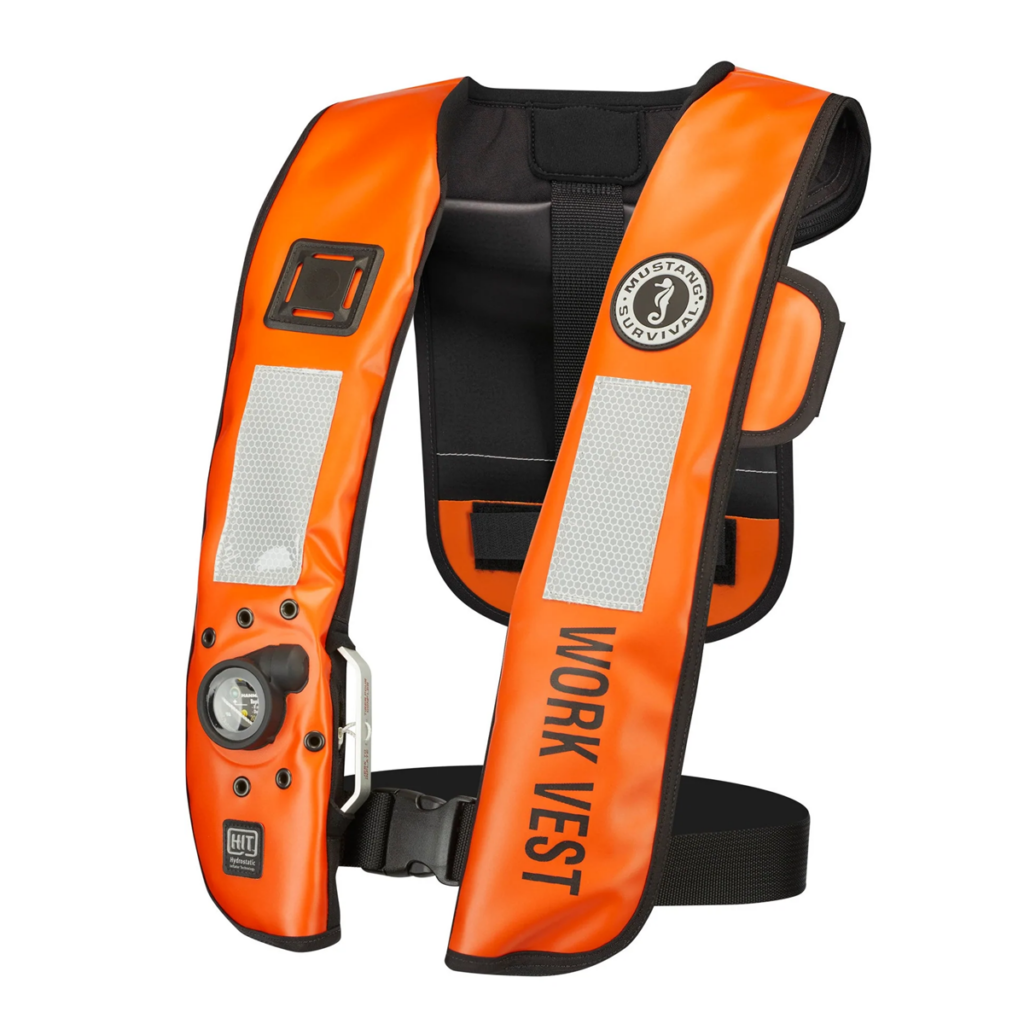
Formerly classified as Type I, Level 100+ life jackets are lifesaving devices designed to ensure extended survival in the most extreme waters. These unparalleled flotation aids offer maximum buoyancy and are typically worn by commercial fishermen or mariners when rescue is expected to be delayed. As these special purpose vests aren’t tailored for comfort like other types of lifejackets, they should only be used under dangerous circumstances with open bodies of water.
Level 100+ types of life jackets are specifically designed to help keep an unconscious person’s airways clear of water, while also flipping them onto their back. These invaluable devices provide a sense of security and peace-of-mind for anyone venturing into the water.
For a lifejacket to be rated Level 100+, it must adhere to at least one of the following standards:
- Australian Standards 4758 – Level 275
- Australian Standards 4758 – Level 150
- Australian Standards 4758 – Level 100
- International Organization for Standardization (ISO) 12402-2: 2006 – Lifejackets, performance level 275
- International Organization for Standardization (ISO) 12402-3: 2006 – Lifejackets, performance level 150
- International Organization for Standardization (ISO) 12402-4: 2006 – Lifejackets, performance level 100
- New Zealand Standards NZ5823: 2005 Type 401
Types of Life Jackets – Tip #10
Life Jacket Level 50: Near-Shore Buoyant Vest
Formerly known as Type II, Level 50 types of life jackets are designed for near-shore activities on calmer waters and areas expecting a fast rescue. Crafted to be more comfortable than the traditional Type I Jackets, this buoyancy aid is ideal for recreational fishers and boaters alike. With enhanced flotation capabilities specifically tailored for calming waterways, these life jackets can provide you with an extra layer of confidence when engaging in water sports close to shore!
For a lifejacket to be rated Level 50, it must adhere to at least one of the following standards:
- Australian Standards 4758 – Level 50
- International Organization for Standardization (ISO) 12402-5: 2006 – Buoyancy aids (level 50)
Types of Life Jackets – Tip #11
Life Jacket Level 50S: Flotation Aids
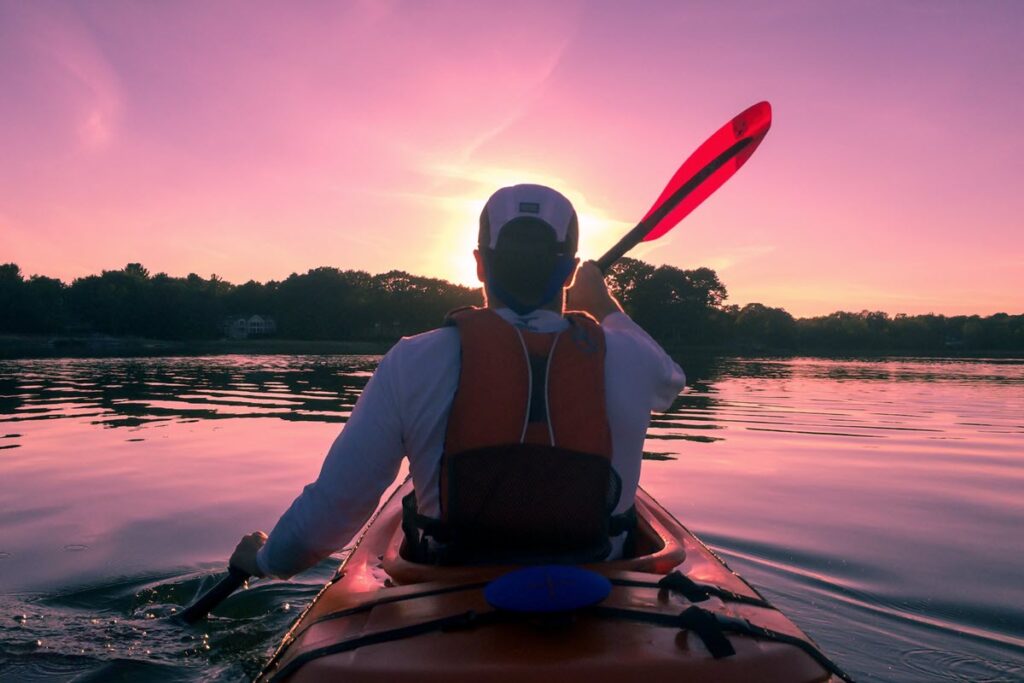
Formerly classified as Type III, Level 50S type of life jackets are also referred to as “flotation aids” and should be worn in calmer bodies of water where you can hold onto the vessel or access another form of flotation. The ‘S’ stands for ‘Special Purpose’, indicating that these particular floatation devices have been manufactured with certain activities like wakeboarding and waterskiing in mind.
In comparison to the Type I and II jackets, the Level 50S types of life jackets are not as buoyant and should not be used in rough or open water. Moreover, these life jackets will sadly be ineffective in aiding someone to turn face up if they lose consciousness while underwater.
These types of life jackets, also known as flotation aids, are designed to be utilized in calmer waters where the user is able to grasp onto a side of the craft or reach any rescue device. They’re not nearly as buoyant compared to Type I and II vests and should not be used while navigating through turbid water or open seas.
For a lifejacket to receive approval and be classified as Level 50S, it must meet at least one of the following requirements:
- Australian Standards 4758 – Level 50S
- International Organization for Standardization (ISO) 12402-5: 2006 – Buoyancy aids (level 50)
Types of Life Jackets – Tip #12
Type IV: Throwable Devices
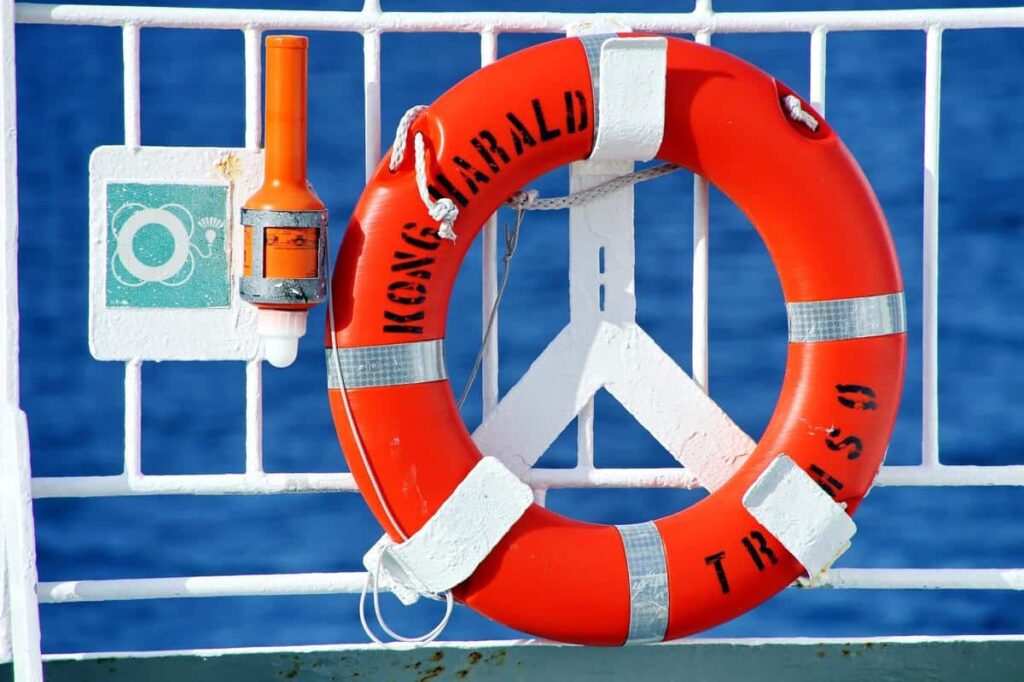
Type IV is a reliable aid device designed for calmer bodies of water. It can be thrown to someone in distress who isn’t able to swim and provides an invaluable resource during rescue missions or similar activities. Cushions, rings and other buoyant materials are common forms of this throwable lifesaving equipment; they provide great assistance when used correctly!
Now that you understand the basics of life vests and their corresponding ISO levels, let’s explore how these can help keep us safe for both onshore and offshore angling.
Types of Life Jackets – Tip #13
The Importance of Wearing a Life Jacket While Fishing

Not only is it essential to wear a life jacket while fishing in rough seas or open waters, but it’s equally important to wear one if you’re doing land-based fishing. Too often anglers are unaware of this safety measure; however, wearing a personal flotation device can be the difference between life and death no matter where you fish.
Wearing a life jacket is paramount in both land-based and offshore fishing. Not only can it provide extra flotation should you become unconscious or fall into the water, but it also keeps you insulated against cold temperatures that could lead to hypothermia. A life vest truly offers an array of protective benefits while angling!
Types of Life Jackets – Tip #14
Importance of Life Jackets for Land-Based Fishing
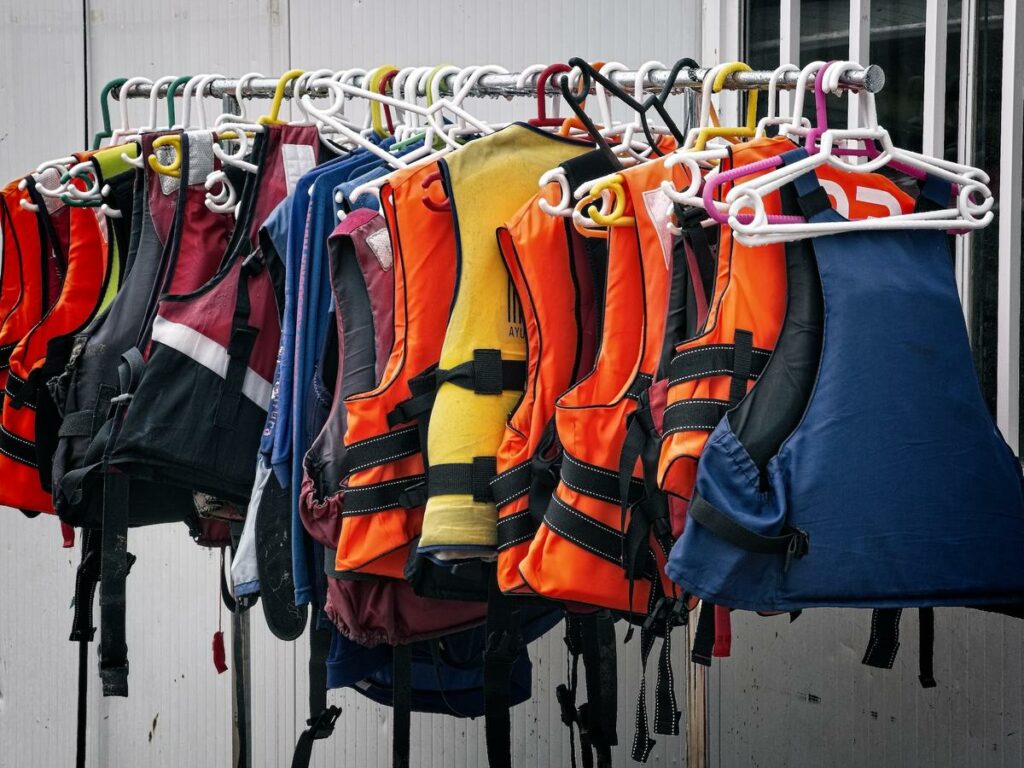
When fishing from the shore, life jackets are a must-have. Anglers may brave deeper waters or turbulent conditions to set their hooks on bigger catches. Furthermore, life jackets provide additional warmth and buoyancy in case of an unexpected slip off unsteady surfaces.
Types of life jackets for Land-based fishing
For land-based fishing, Level 50S or higher life jackets are your best bet. Remember to double check that the jacket you choose meets any state and territory regulations before taking off. These types of life jackets are lightweight and equipped with adjustable straps as well as pockets for gear and tackle– perfect for a day out on the lake! No matter what type of water conditions you encounter while fishing, always make sure you’ve got your trusty life vest secured properly at all times.
Types of Life Jackets – Tip #15
Importance of life jackets for Offshore fishing
For offshore fishing, the importance of wearing a life jacket is even greater. Anglers may be fishing in open waters far from the shore, where rescue services may not be able to reach them in a timely manner. Additionally, weather conditions can change quickly, resulting in unexpected waves or winds that can make it difficult to stay afloat. Wearing a life jacket while fishing offshore will help to protect the angler should any of these conditions arise.
Types of life jackets for Offshore fishing
Whether you’re taking a deep-sea fishing trip or simply having fun on the coast land-based, wearing the right life jacket is essential for optimal safety and buoyancy. Not only do they provide insulation from extreme temperatures but also their bright colours help ensure visibility in rough waters. Moreover, depending on the type of vest chosen, these jackets are designed to keep your head above water should or you become unconscious. To get the most out of them, choose one that best fits your activity needs and check its condition before setting sail .
Additionally, make sure you check and adhere to all the relevant regulations in your state.
Being equipped with the right life jacket can be a saving grace for any angling adventure, so it’s vital to remember to equip yourself and your fishing companions with PFDs before embarking on a fishing adventure—it may just make all of the difference in avoiding disastrous incidents!
Types of Life Jackets – Final Thoughts
Conclusion
Anglers, experienced and novices alike, should always wear a life jacket or personal flotation device (PFD). These safety tools provide buoyancy and insulation in the event of an unexpected fall into the water by helping you stay afloat. Before embarking on your fishing trip, make sure to select the appropriate PFD for your activity and ensure it fits correctly and is well-maintained. Ultimately, it is essential to don a life jacket or PFD each time you’re engaging in water activities. It could be the difference between life and death if an unforeseen incident takes place.
The old adage still stands: it’s better to be safe than sorry. Before engaging in any aquatic activities, make sure you are adequately prepared with the required safety equipment. That way, you can ensure a smooth and enjoyable experience!
You Might Also Like:
If you enjoyed reading this blog post on Types of Life Jackets, you might also be interested in:
- 10 Best Fishing Chairs: Catch Your Breath and Catch Your Fish
- 8 Best Fishing Split Ring Pliers for Serious Anglers
- 8 Best Braid Scissors: Snip Your Way to Fishing Success
- Hooked on Comfort: 5 Best Fishing Stools You Need to Try
- How to Catch Murray Cod: 12 Masterful Tips For Success
- How to Catch Australian Bass | 13 Proven Tips by Pro Anglers
- 10 Best Fishing Pliers All Anglers Need in Their Tackle Box
- How to Catch Bonito: 13 Amazing Tips from Master Anglers
- How to Catch Mangrove Jack: 5 Tips for a Successful Fishing Trip
- 10 Best Waterproof Dry Bags to Keep Your Gear Safe and Dry
- 10 Best Fishing Gaffs for Landing Big Fish Quick & Easily
- 10 Best Waterproofing Sprays to Keep Your Gear Bone-Dry
- 14 Best Live Bait Buckets to Keep Your Fishing Game Strong
- 12 Best Fishing Backpacks for the Avid Angler in 2023
- Best Mono Fishing Line for 2023: Our Top 12 Trusted Picks
Tags:
#Types of Life Jackets, #Types of Life Jackets Guide, #Types of Life Jackets Tips, #Types of Life Jackets for Land-Based Fishing, #Types of Life Jackets NSW

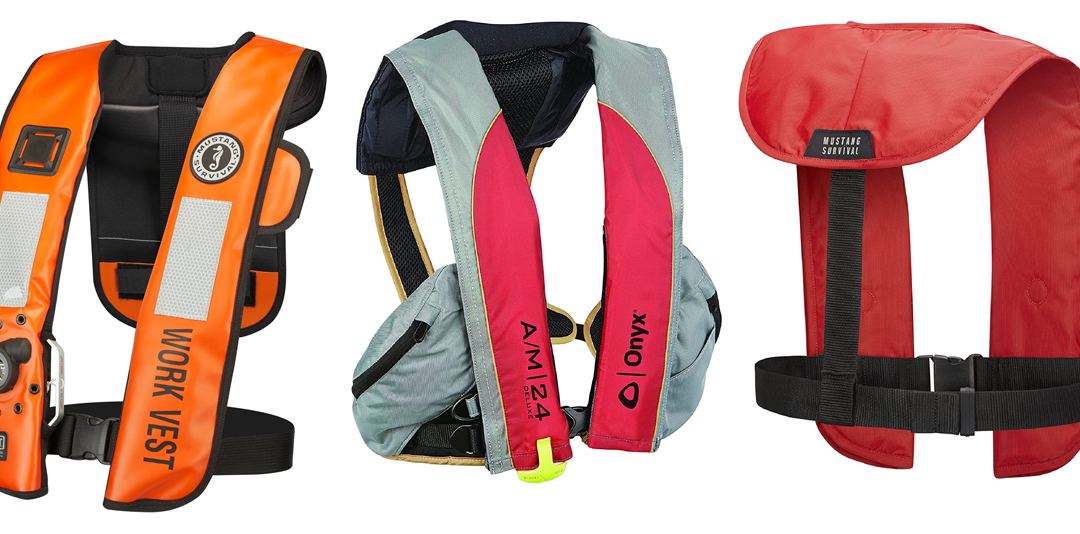
Recent Comments